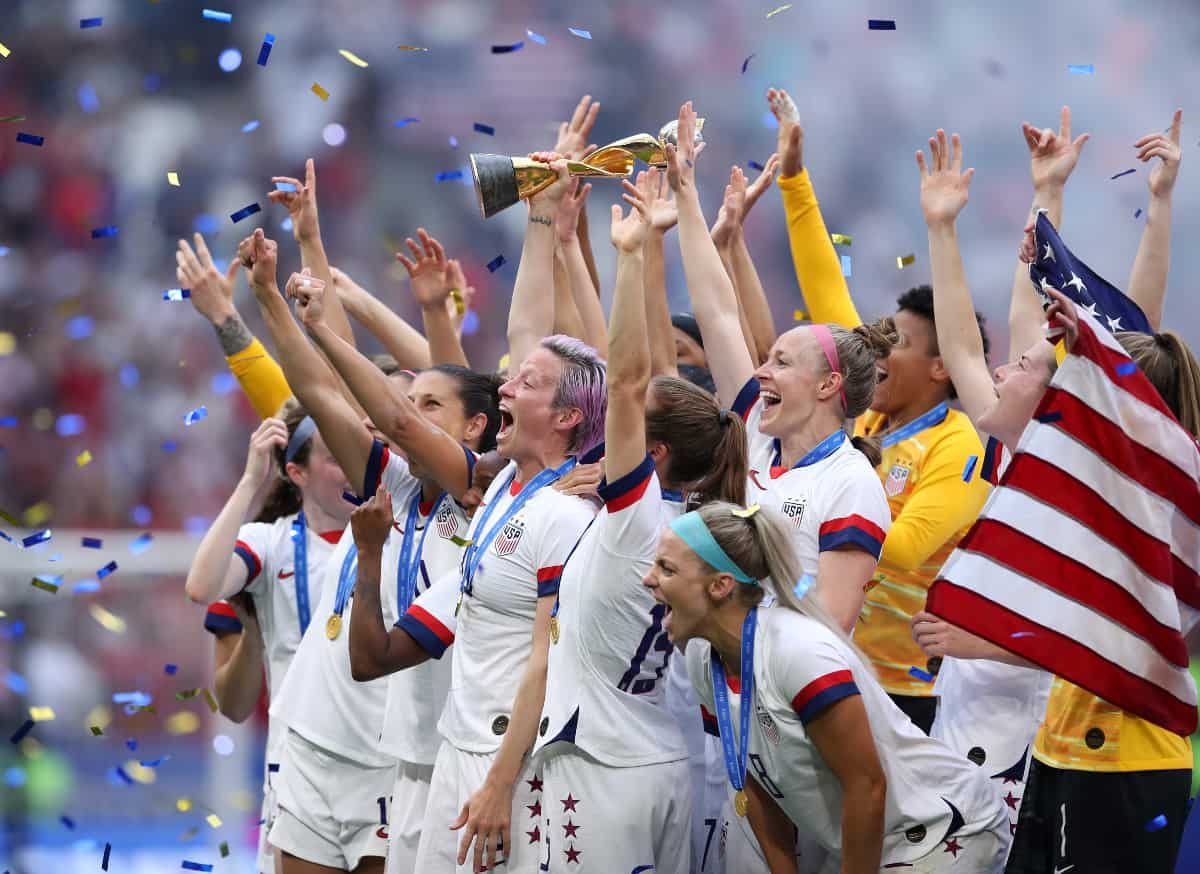Just Use Your Head? USWNT Players Leading The Way On and Off the Pitch
Lieke Martens and Kelly O’Hara after colliding as they attempted to head a ball
Article by Concussion Alliance contributor and intern Micale Hunt.
They may have won the 2019 World Cup and cemented their place in history, but the U.S. Women’s Soccer Team (USWNT) did not walk away unscathed. USWNT player Kelley O’Hara and the Netherlands’ Lieke Martens collided as they attempted to head the ball in the first half of the final. Problematically, both O’Hara and Martens reentered the game almost immediately, despite having been down for minutes cradling their heads. O’Hara was then taken out of the game in the second half.
Not only did this event highlight the inconsistency of the application of soccer’s concussion protocol, but it demonstrated to viewers just how dangerous headers are. The risks of headers are twofold: they directly increase the risk of direct head-to-head collision, and the repeated sub-concussive or concussive impacts may be directly related to traumatic brain injury.
In the past, CTE and concussions have commonly been associated with the NFL, and by extension, male athletes. Accordingly, the vast majority of research has focussed on concussion in male athletes; a recent review found just 7% of 221 published papers on concussion examined data by sex. The extrapolation of male data onto guidelines for female athletes is troubling since concussions in females produce symptoms that are greater in number and severity, take longer to recover, and result in worse outcomes than males.
The truth is, concussion in girls and women’s soccer equals or exceeds the incidence rate of football and other men’s sports in a number of high school and college studies, a phenomenon that has been reported for over a decade. Luckily, former USWNT members are speaking out about the risks for female athletes, especially soccer players.
Brandi Chastain
In 2016, Brandi Chastain became one of the first female athletes to pledge to donate her brain, upon her death, to the brain bank run in partnership by the Concussion Legacy Foundation, the U.S. Department of Veterans Affairs, and the Boston University School of Medicine.
Chastain, who recalls doing “a lot of heading the ball,” and former teammate Michelle Akers who “won every punt by the goalkeepers,” are also participating in a Boston University study of former high-level female soccer players to explore the relationship between repeated headers and cognitive health, specifically focussing on chronic traumatic encephalopathy (CTE). While there is still a long way to go until the number of academic studies focussing on brain injuries in women equals that of men, the actions of Akers and Chastain are a promising start.
Although the current USWNT have won their fight for the title of World Cup Champions, the former USWNT players fight a far greater battle; a fight for equality in concussion and CTE research that will have long-lasting impacts for the millions of young women who hope to lead the next generation of the USWNT to World Cup victory.
Reference articles:




